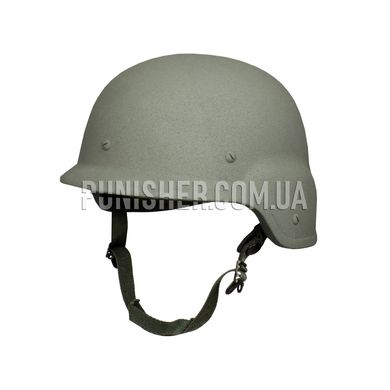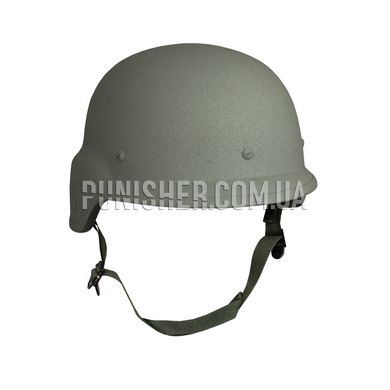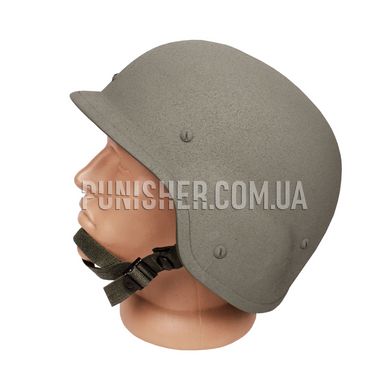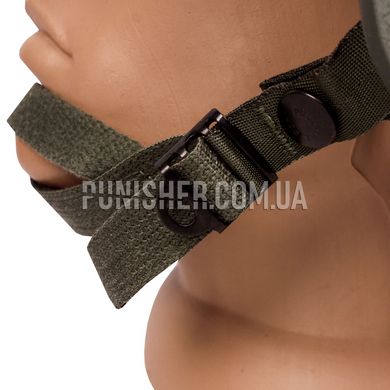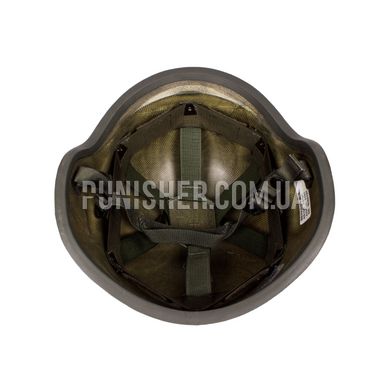|
In stock
|
Out of stock
|
||
|
|
|||
The 1980 PASGT helmet is still popular because of its reliability and years of successful use.
The basis is Kevlar fiber and phenolic resin PVB. The combination of these materials gives the structure greater strength, which protects the head from external influences.
The helmet completely covers the forehead (at the level of the superciliary arches), auricles, temporal and occipital parts of the head.
The area of protection of a helmet is 11 percent more in comparison with a steel helmet of M1, and makes from 11 to 13 sq.m. The surface density of the protective part is 8.5 kg / sq.
The shape of this model provides a broad overview of its owner, which is very important in combat conditions and rapid response situations. The matte surface does not create glare.
It is fastened on the head by means of the system of suspension brackets based on two points that helps not to overload the fighter.
The inserts are designed to reduce the impact of shells falling from the outside. This reduces the risk of injury.
The anti-fragment resistance of the helmet is determined according to STANAG 2920 when tested with a standard fragmentation simulator weighing 1.1 g and is 620 m / s,
which is 50 percent higher than the resistance of the helmet M1 (415 m / s).
Due to the improvement of the physical and mechanical properties of the reinforcing
fiber and the organotextolite base, its protective properties were increased by 15-20 percent.
Weight: 1.5 kg
NSN:8470-01-529-6539










































































































































